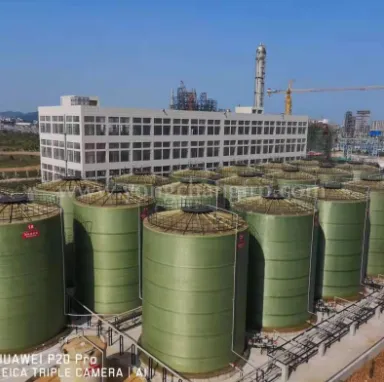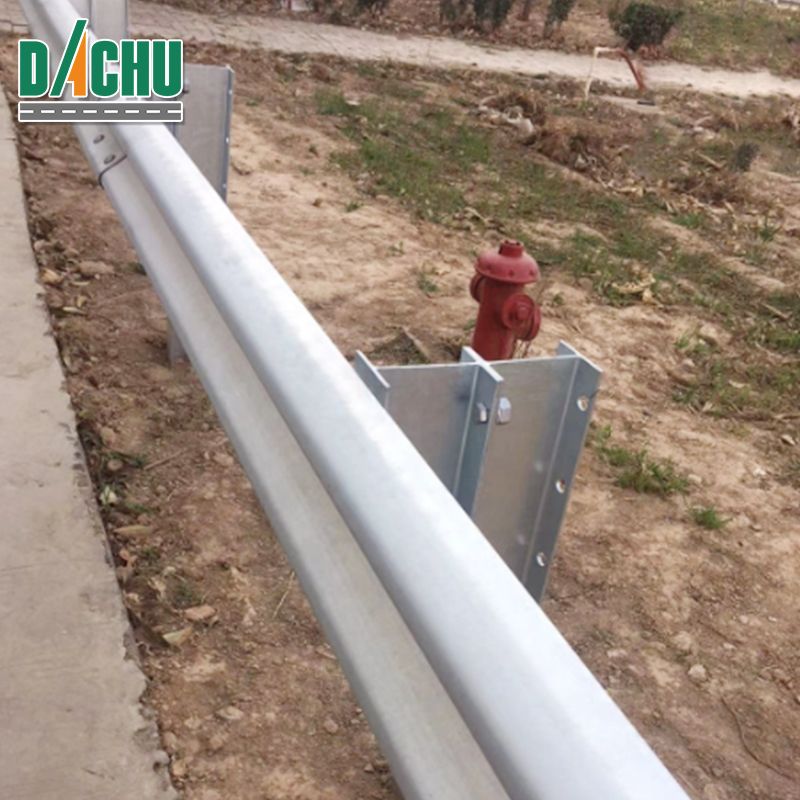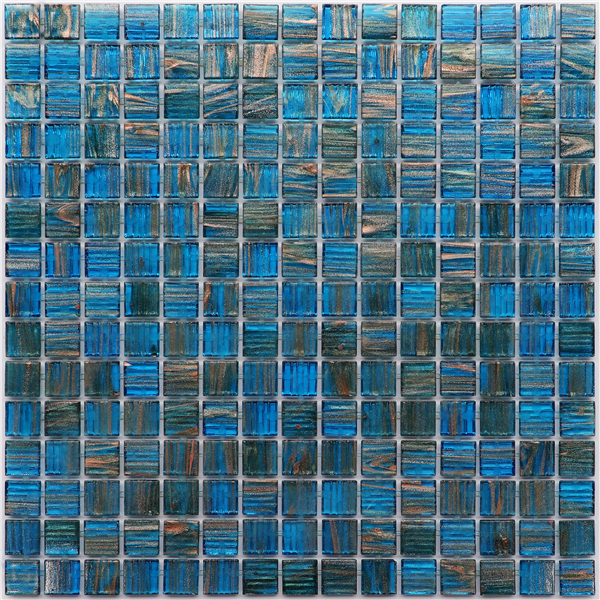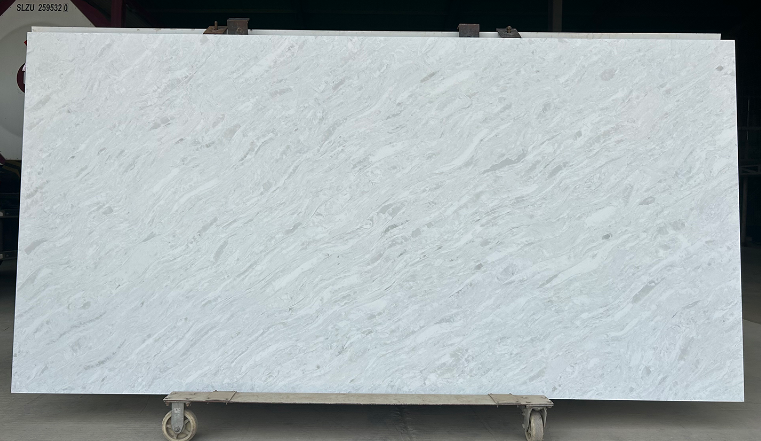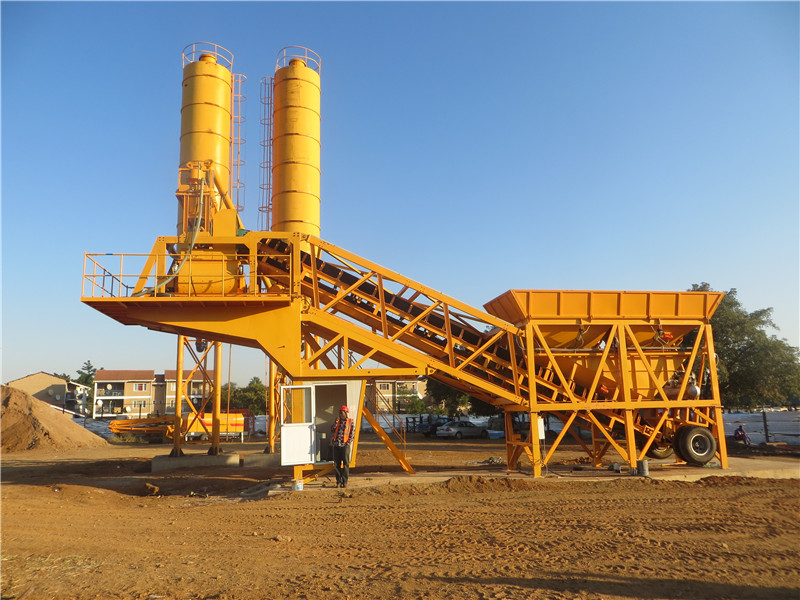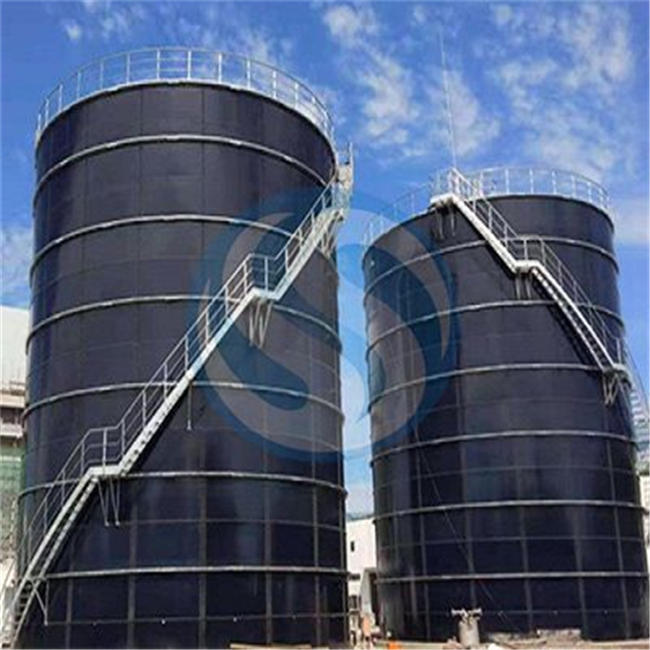Unraveling the Fabric of Geotextiles: Non-Woven vs. Woven Geotextiles
Geotextiles play a crucial role in civil engineering and construction projects, providing essential support for soil stabilization and erosion control. Among the various types available, non-woven and woven geotextiles stand out as popular choices. In this article, we will delve into the pros and cons of non-woven and woven geotextiles, shedding light on their distinct characteristics to help you make an informed decision for your next project.
Non-Woven Geotextiles:
Pros:
Cost-Effectiveness: Non-woven geotextiles are often more cost-effective than their woven counterparts, making them an attractive option for projects with budget constraints.
High Permeability: These geotextiles typically offer excellent water permeability, allowing for efficient drainage and filtration of liquids.
Easy Installation: Non-woven geotextiles are generally lighter and easier to handle, facilitating quicker installation and reducing labor costs.
Versatility: Due to their flexibility, non-woven geotextiles are suitable for various applications, including separation, filtration, and protection.
Cons:
Lower Strength: In comparison to woven geotextiles, non-woven variants often have lower tensile strength, making them less suitable for applications that demand high strength and load-bearing capacity.
Susceptibility to UV Degradation: Non-woven geotextiles may be more susceptible to UV degradation over time, impacting their long-term durability in exposed environments.
Advantages and Applications of Electric Fences
What is the difference between ceramic mosaic and glass mosaic?
Redispersible Polymer Powder: The Secret Ingredient in Durable Construction Materials
What are the uses of prestressed steel strands and how to use them correctly
What are the pros and cons of living in a shipping container house?
Understanding the Versatile Step-In Post: A Practical Guide
What types of designs and subjects can marble statues depict?
Woven Geotextiles:
Pros:
High Strength: Woven geotextiles are known for their superior tensile strength, making them ideal for applications where structural support and load distribution are critical.
Durable: These geotextiles are generally more resistant to UV degradation, ensuring a longer lifespan in outdoor and exposed conditions.
Effective Filtration: Woven geotextiles offer excellent filtration capabilities, preventing soil particles from migrating while still allowing for proper water drainage.
Stability: The inherent stability of woven geotextiles makes them suitable for applications requiring reinforcement and resistance to soil movement.
Cons:
Higher Cost: Woven geotextiles tend to be more expensive, which can be a limiting factor for projects with tight budgets.
Reduced Permeability: While woven geotextiles still provide drainage, their permeability may be slightly lower than that of non-woven alternatives.
Conclusion
Choosing between non-woven and woven geotextiles ultimately depends on the specific requirements of your project. Non-woven geotextiles offer cost-effectiveness and versatility, whereas woven geotextiles provide superior strength and durability. Consider the unique demands of your application, budget constraints, and environmental conditions to make an informed decision that ensures the success and longevity of your project.
Additional reading:What Are the Benefits of Building Shopping Mall Skylight?
5 Benefits of Installing a Glass Curtain Wall
How to deepen the design of truss buildings?
Mosaic tile matching skills and advantages
How to correctly install aluminum alloy sliding windows?
Quelle est la durée de conservation du câble métallique en acier ?
Wie wähle ich einen Spanngurt mit Ratsche aus?




